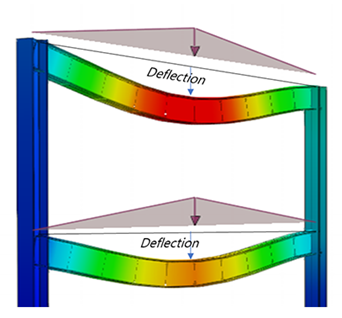As a structural engineer, it is easy to become so focused on design and analysis that you neglect other valuable skills that can help you excel in your field. While knowledge of codes, standards, and structural theory is essential, it is equally important for engineers to have a diverse range of skills and well-rounded knowledge that can help them stand out in the workplace.
One such skill that can be extremely useful for a structural engineer is the ability to code. This is because quite often, we come across repetitive tasks that require some form of automation through coding. By having the ability to write code, engineers can streamline their workflow, reduce errors, and increase efficiency, allowing them to focus on more complex and creative aspects of their work. Coding also opens up opportunities to work on cutting-edge projects and to develop custom solutions to complex engineering problems. It broadens your perspective, and this can be particularly valuable in the field of structural engineering where new materials, construction methods, and design techniques are constantly emerging.
An example is having some knowledge of Python or VBA that allows you to automate a process and create useful tools that help in your structural calculations.
It is not just structural engineers who can benefit from diversifying their skills, we at KAEG are encouraging all working professionals, regardless of their discipline, to never be so straight-narrowed in their profession and should instead learn complementary skills and diversify. In today’s fast-paced, rapidly changing world, it is more important than ever to be versatile and flexible. Contact our expert team at: info@ka-engroup.com to learn how we can bring our diverse skills to best serve your needs.



